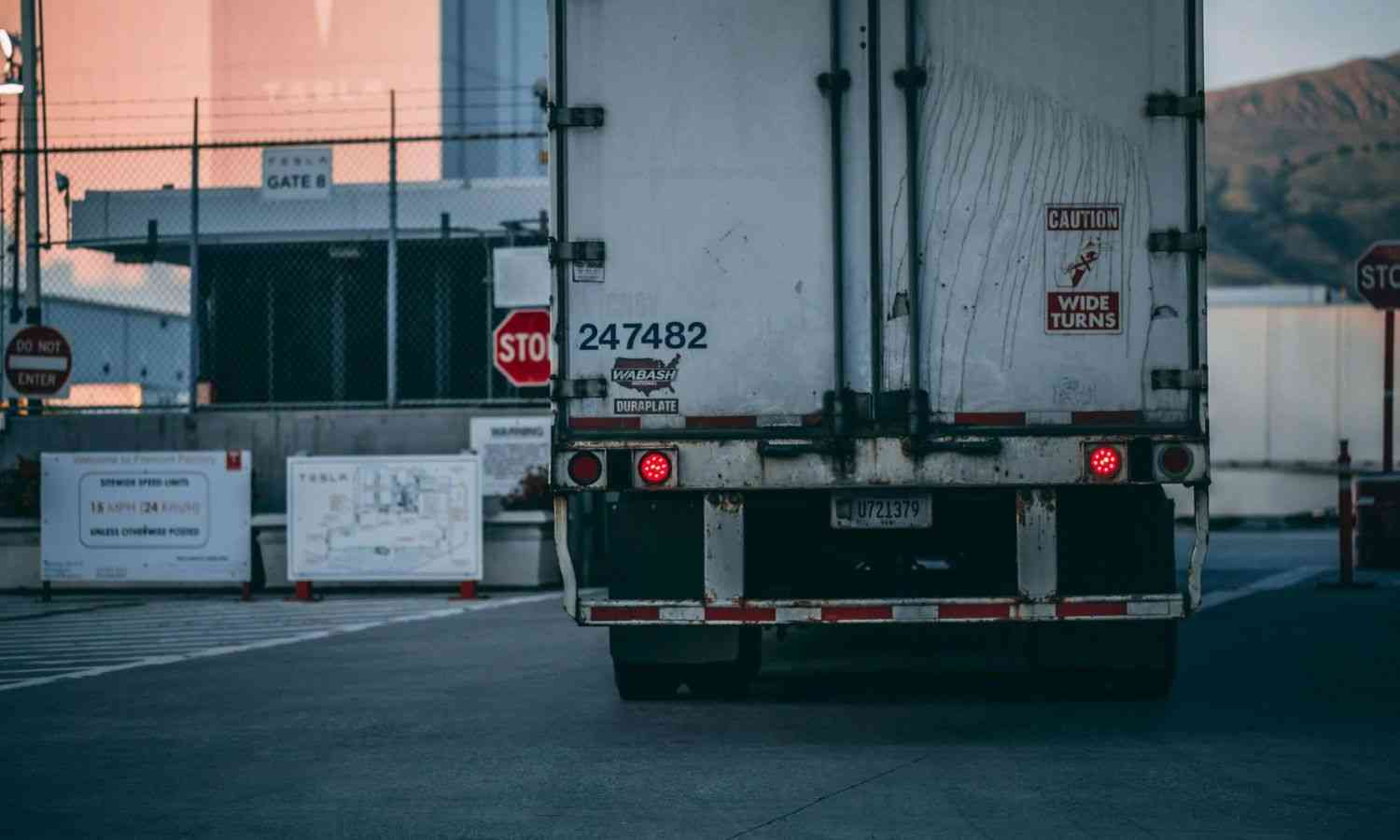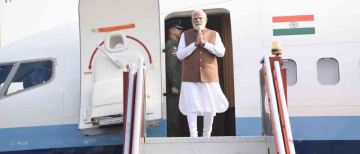The trucking sector is the backbone of our global logistics and economy. Without it, shelves would remain empty, manufacturing plants would stall, and small businesses would feel the weight of delays.
The global trucking market is projected to reach $14.14 trillion by 2025. In the US, the trucking market was valued at $732.3 billion as of 2020.
Now, the trucking industry’s lifeline comes with serious responsibilities, none more urgent than road safety. Despite significant improvements in vehicle design and road regulations, truck-related accidents continue to claim thousands of lives each year. That’s why safety technology is no longer a “nice to have” but a must for modern trucking companies.
Here are a few reasons why trucking companies must invest in modern, advanced safety tech.
The Human Cost Behind the Wheel
When a distracted driver veers into another lane or a fatigued operator misses a red light, the consequences can be catastrophic. Around 5,472 people died in large-truck crashes in the US in 2023. For the drivers themselves, the trauma is often just as intense. Many live with guilt, even when they weren’t at fault, and face scrutiny that can ruin careers.
Investing in safety tech isn’t just about protecting cargo or insurance premiums; it's about protecting people. These technologies are designed to assist human judgment, offering alerts, braking assistance, and even real-time fatigue tracking.
Trucking Companies and the Need to Avoid Legal Problems
Avoiding lawsuits is one of the clearest financial reasons why trucking companies should prioritize safety investments. With new laws tightening liability standards and juries growing more sympathetic to accident victims, companies without modern safety protocols are gambling with their future.
When a truck crash happens, lawyers immediately start combing through data.
Was there a collision alert system installed? Did the company track driver hours digitally? Were maintenance logs up to date? If the answers are no, the odds tilt against the company in court. A seasoned truck accident lawyer can make a company’s life difficult by arguing that the lack of modern safety systems contributed to the crash.
In lawsuits involving truck accidents, where truck accident victims suffer severe injuries, personal injury lawyers often go after every dollar possible. As TorHoerman Law puts it, these lawyers will help victims secure compensation to cover lost wages, medical expenses, and long-term care.
For trucking companies, safety tech is more than a shield on the road; it’s a shield in the courtroom.
Retaining Drivers in a Shrinking Workforce
Driver retention is another critical reason to prioritize safety. Trucking already struggles with high turnover, and a big part of that stems from the stress and danger drivers face.
Giving them tools that make their job safer shows respect for their work and their lives. Drivers are likely to stay loyal to companies that invest in their well-being rather than push them to the brink to meet delivery deadlines.
Fatigue detection systems, lane assist, and even real-time coaching based on telematics data can make drivers feel supported instead of scrutinized. It turns the relationship into a partnership.
The Financial Logic Is Clear
Yes, safety tech costs money. But so do accidents. The average cost of a large truck crash involving injuries can easily exceed $300,000, and that’s before any legal action. Add a fatality, and the numbers jump into the millions.
Investing in safety tech like automatic emergency braking or dash cams may look expensive upfront. However, compared to the long-term costs of even a single catastrophic accident, the math is pretty straightforward.
Then there's insurance. Carriers are increasingly factoring safety technology into their pricing models. A company with collision avoidance systems and driver monitoring tools will likely pay less for coverage. However, a trucking business known for its outdated fleet and poor safety record will either pay through the nose or get dropped altogether.
Innovation as a Brand Differentiator
Finally, there’s the issue of brand. In an industry where word-of-mouth and reputation matter, being known as a safety-first company has its perks. Drivers talk. So do clients.
Investing in technology that prevents crashes and protects lives becomes part of your identity. It’s also a sign of long-term thinking. A trucking company that’s putting money into adaptive cruise control, blind-spot monitoring, and video telematics is one that clearly isn’t operating on autopilot. It’s a business that’s ready for the future, and customers, employees, and partners all notice that.
Frequently Asked Questions (FAQs)
Why are trucks prone to dangerous accidents?
Trucks are large, heavy, and slow to stop, making accidents more severe. Blind spots, long hours, driver fatigue, and difficult maneuvering increase risks. Poor weather and road conditions also affect stability. Even a small error can lead to major collisions involving multiple vehicles.
Is it safe to operate trucks with autodrive features?
Autodrive technology in trucks can enhance safety, but it’s not foolproof. These systems assist with tasks like lane keeping and emergency braking but still require driver supervision. Malfunctions or unclear road conditions can confuse the system. Until fully autonomous tech matures, human oversight remains essential.
How can you integrate AI for safer trucking?
AI can improve trucking safety through real-time route optimization, predictive maintenance, and driver fatigue detection. It monitors vehicle health, road conditions, and traffic patterns. Integrating AI with sensors and cameras also enhances collision avoidance. When paired with human judgment, it reduces errors and enhances overall safety.
The trucking industry has always been about the endurance of both machines and people. But endurance alone isn’t enough anymore. Today, it takes intelligence, foresight, and a willingness to invest in innovation.
Safety tech isn’t just about gadgets and sensors. It’s about saving lives, avoiding ruinous legal battles, and building a brand. The next generation of trucks shouldn’t just be faster or more fuel-efficient. They should be smarter, safer, and more responsible. Because on today’s roads, there’s no room for anything less.
























